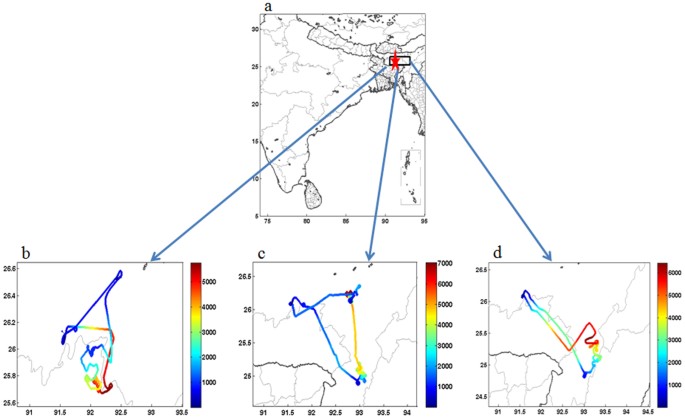
- Select a language for the TTS:
- UK English Female
- UK English Male
- US English Female
- US English Male
- Australian Female
- Australian Male
- Language selected: (auto detect) - EN
Play all audios:
More than four million family caregivers in the United States report receiving Medicaid coverage for their own health care needs, according to the AARP and the National Alliance for
Caregiving’s Caregiving in the United States 2020 survey. This report analyzes data in that survey for insights into family caregivers who receive Medicaid coverage as their own health
insurance and who fulfill their caregiver role on an unpaid basis. PROFILE OF FAMILY CAREGIVERS WITH MEDICAID COVERAGE Close to 1 in 10 (9 percent) family caregivers receive Medicaid
coverage for their own health insurance. Of those 4.3 million people: * About one in four (24 percent, or 1.1 million) are adults ages 50 to 64; the rest are adults under age 50 who often
take care of a parent or grandparent. * Most are women, and more than half care for older women relatives. * More than half have a high school diploma or less (55 percent) and live with a
household income of less than $30,000 per year (55 percent). * More than one third (35 percent) provide care for someone who lives in a rural area; 15 percent live in a rural area
themselves. Read the full report for more about who the family caregivers with Medicaid coverage are. MEDICAID-ENROLLED FAMILY CAREGIVERS SPEND SIGNIFICANT TIME CAREGIVING * The average
family caregiver in this group provides 35 hours per week of unpaid care. * Most (58 percent) report providing 20 hours or more of care per week and 38 percent devote an amount of time
equivalent to a full-time job (40 hours per week) or more of care. * About one in three family caregivers with Medicaid coverage are employed and balance the dual roles of work and
caregiving. MEDICAID-COVERED FAMILY CAREGIVERS PROVIDE ESSENTIAL CARE Family caregivers perform important and often difficult hands-on tasks to support those for whom they care. These
include activities of daily living (ADLs), which are basic, fundamental tasks such as eating, bathing, and dressing, and instrumental activities of daily living (IADLs), which are tasks that
facilitate independent living such as housework and preparing meals. It is often the difference in whether their care recipients can get out of bed and go about their day. Read more about
the specific types of support family caregivers with Medicaid provide. MEDICAID-COVERED FAMILY CAREGIVERS OFTEN PROVIDE CARE ALONE Most Medicaid-covered family caregivers (59 percent) report
that nobody else provided unpaid care for the person for whom they care in the past year. They also frequently report that their care recipient did not receive any paid help (73 percent) in
the past year. Family caregivers with Medicaid often say they felt they had a choice whether to be a caregiver (55 percent) and that they found purpose in their caregiving role (66
percent). Despite often being the sole family caregiver, they did not report a higher rate of feeling alone as a result of their caregiving responsibilities. FAMILY CAREGIVERS WITH MEDICAID
COVERAGE CONTRIBUTE TANGIBLE ECONOMIC VALUE The estimated economic value of all unpaid care from family caregivers was approximately $600 billion in 2021 alone. This figure exceeds that of
all out-of-pocket health care spending ($433 billion) and spending on long-term and post-acute care from all sources ($531 billion). The loss of Medicaid coverage for these family
caregivers would have implications not only for them, but for their care recipients and for the Medicare and Medicaid programs. See the report for a discussion of how Medicaid coverage for
family caregivers helps contain costs. The security and stability that Medicaid coverage provides underpins the ability of family caregivers who have it to continue fulfilling their
caregiving role. With the security of their own health insurance coverage, they can devote what often equates to full-time equivalent-level amounts of unpaid family caregiving. This allows
the people for whom they care to remain in their homes and communities and likely at less expense to Medicare and Medicaid than they would require in the absence of their family caregiver.






